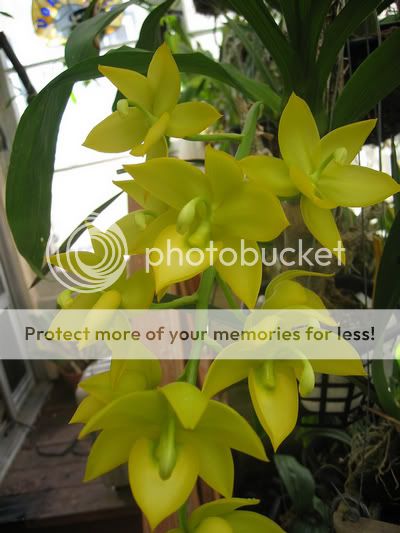B
biothanasis
Guest
Hello,
Could someone tell me how to tell if a plant is a Catasetum or a Cycnoches if there are no flowers??? I have resently purchased one plant of each genus! I was not here when they arrived, so my girlfriend treated them and she forgot to put tags on them!!! Shall I have to wait till they bloom??? Is there any differential characteristic??? Thank you in advance!!!
Could someone tell me how to tell if a plant is a Catasetum or a Cycnoches if there are no flowers??? I have resently purchased one plant of each genus! I was not here when they arrived, so my girlfriend treated them and she forgot to put tags on them!!! Shall I have to wait till they bloom??? Is there any differential characteristic??? Thank you in advance!!!














































